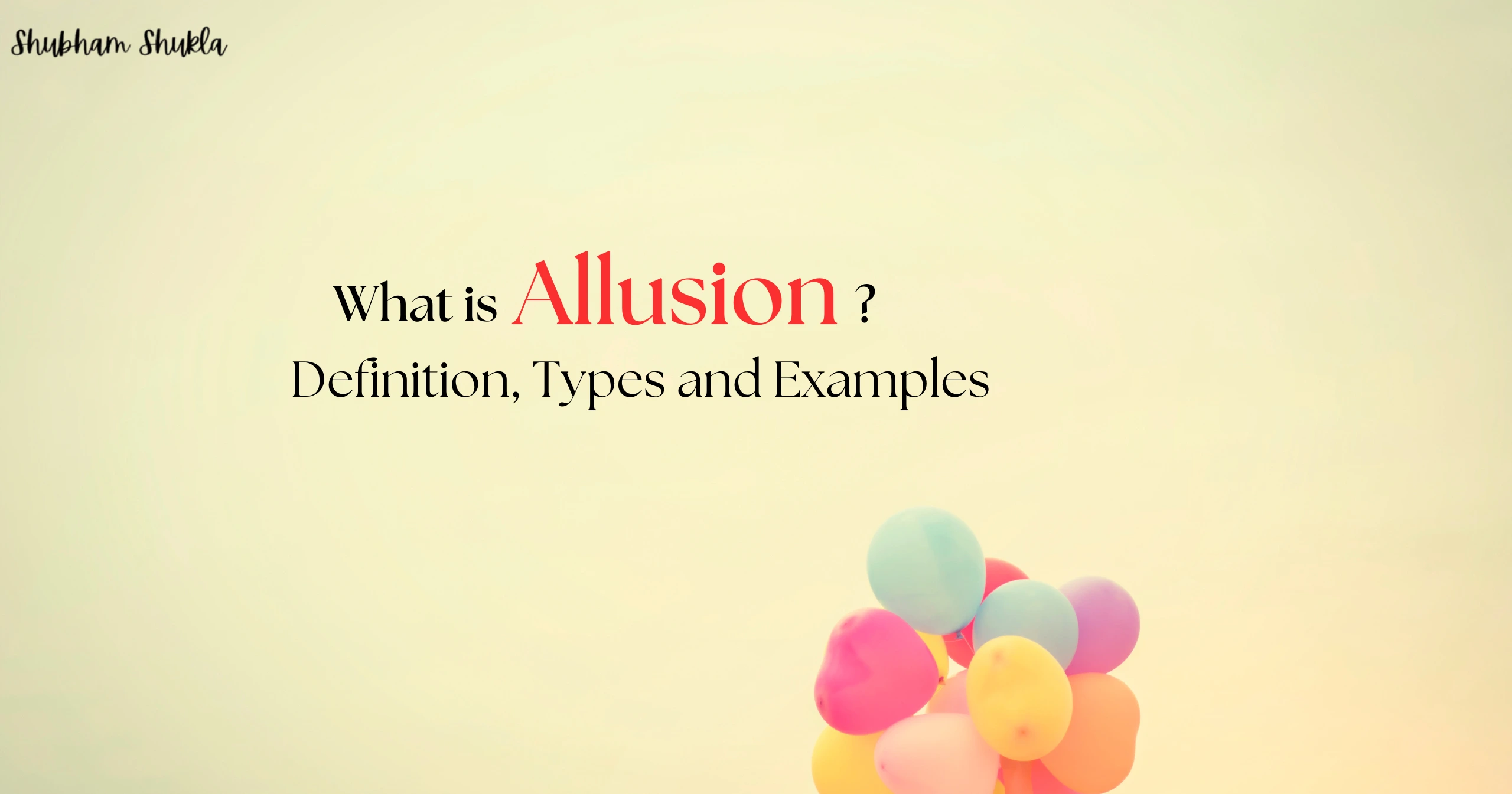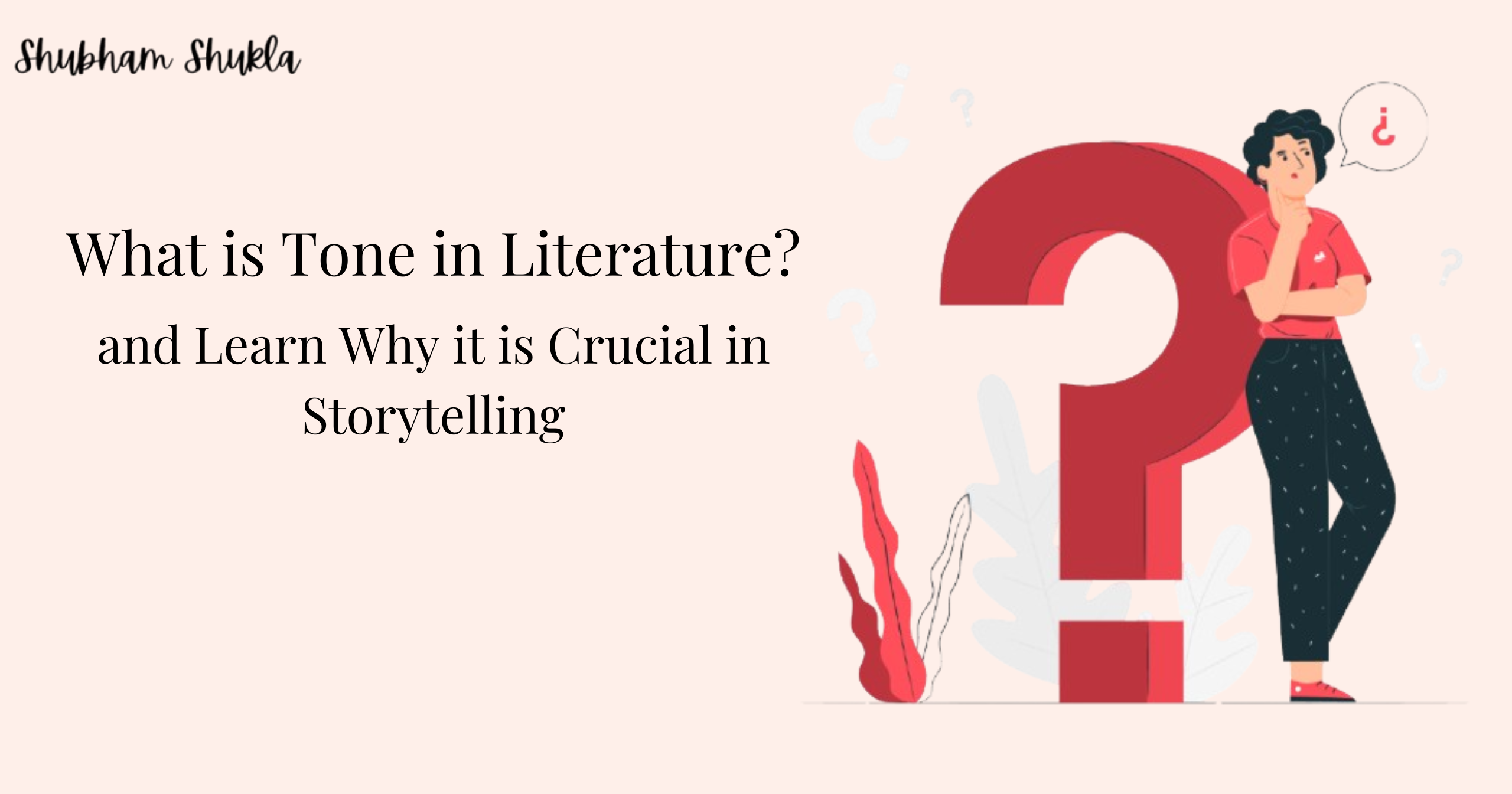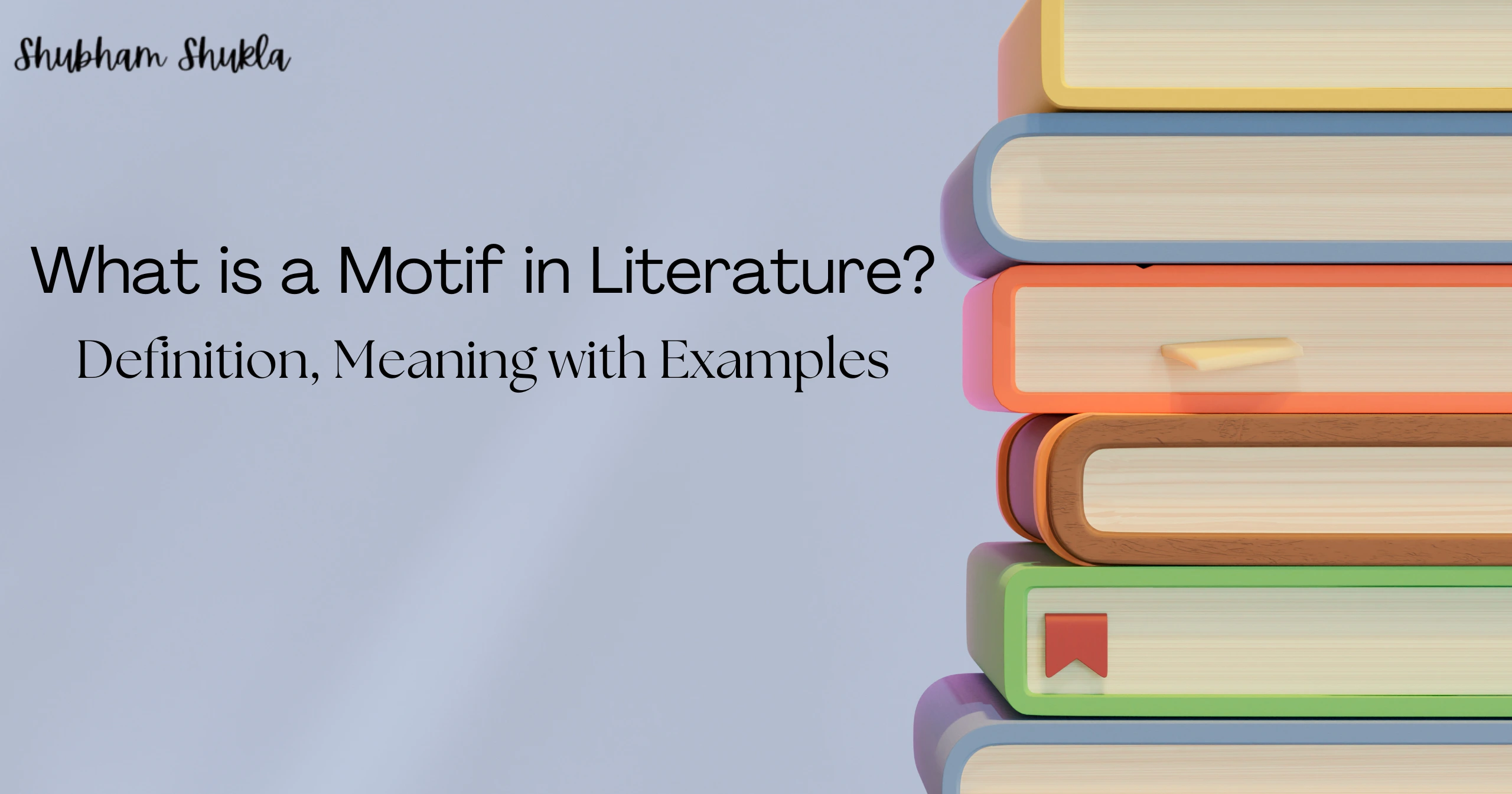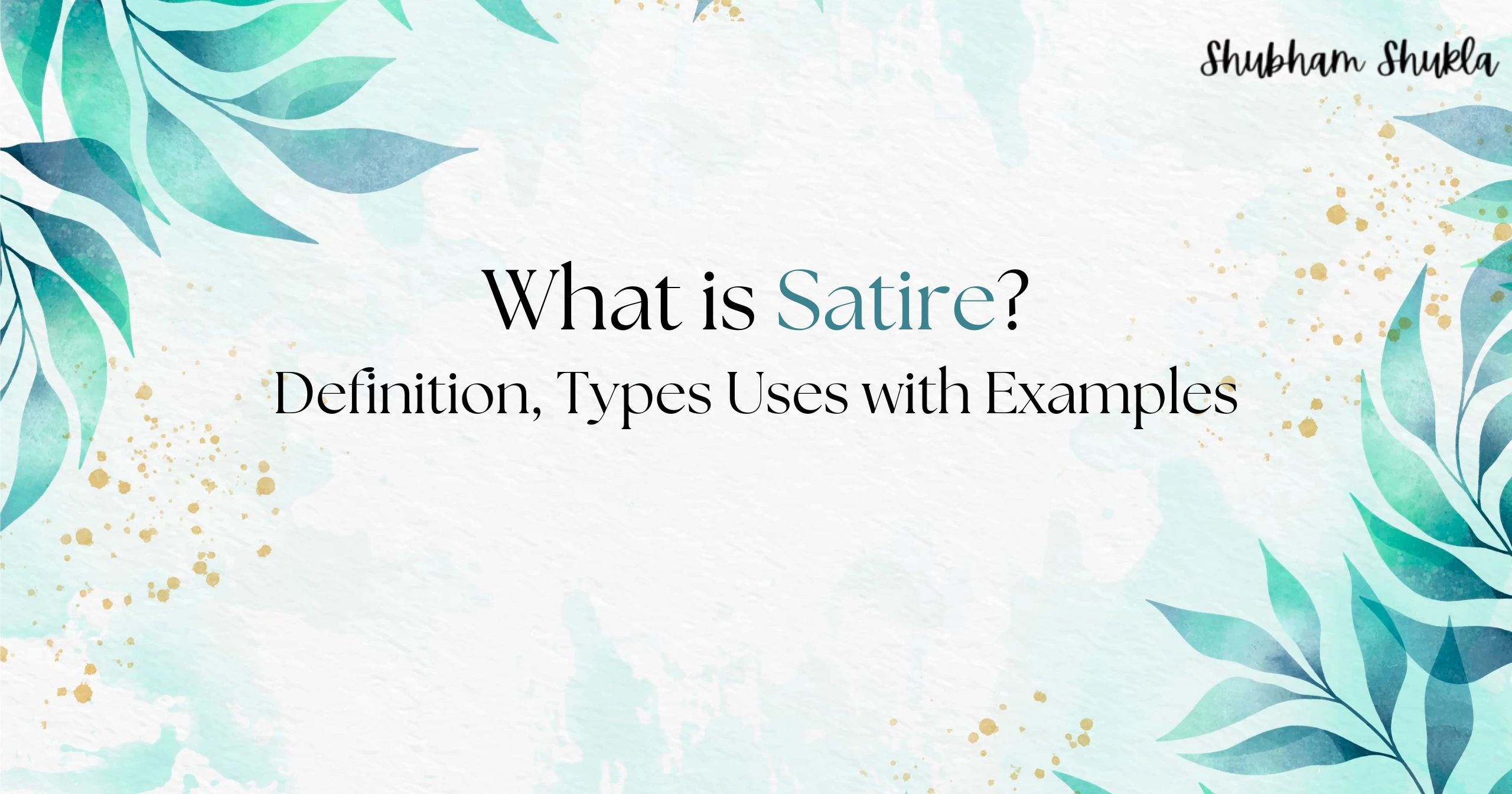This is a reference to the Greek story of Narcissus, who drank himself to death while gazing at his reflection in a pool of water after falling in love with it. According to the allusion, the speaker has not led a full and active life because, like Narcissus, he has been consumed by his own thoughts and emotions. Additionally, the statement “measured out my life in coffee spoons” implies that the speaker’s life has been uneventful and unremarkable.
What is Allusion?
A figure of speech that alludes to a person, location, object, or occasion is called an allusion. It is a quick and subtle allusion to something, usually a piece of music, movies, or literature. Allusions are typically used to give a piece of writing more depth or meaning or to establish a rapport with the listener or reader.
Allusions are frequently used to subtly convey a point or add levels of significance to a text. They can be made to mythologies, historical events, or other literary works.
When someone says, for instance, “he was acting like a modern-day Romeo,” they are referring to Romeo, a passionate and tragic young lover in Shakespeare’s play “Romeo and Juliet.”
The speaker is suggesting that the individual they are discussing is behaving similarly to Romeo, either by acting impulsively or with excessive emotion.
By making reference to a well-known piece of literature, the speaker is attempting to establish a connection with the listener while simultaneously giving their message more depth and meaning.
Because they let authors and presenters give their words more depth and significance without having to go into great detail, allusions can be incredibly effective tools.
Allusions should be used carefully, though, since those who are unfamiliar with the work being referenced may find them confusing or even useless.
In everyday conversation, people constantly make allusions, sometimes without recognising it and other times without understanding what they are referring to. Usually, these references are to popular culture, including music, movies, novels, well-known people, and so forth.
Know How You Can Use Allusion in Your Writing?
By using allusion, you can add layers of significance to your work and relate it to other texts and concepts. The following advice can help you use allusions in your writing:
- Be mindful with cultural allusions: In one culture, references that are well-known and significant could not be in another. An allusion to a well-known historical event or famous television program, for instance, would probably work well if you were writing for an American audience. However, you might wish to use more well recognised allusions if you are writing for a worldwide readership.
- Be careful when using allusions: It’s crucial to avoid using references excessively in your writing. Your readers may become overwhelmed and confused if there are allusions in every other sentence. Rather, pick a few significant allusions that are really pertinent and useful for strengthening your position.
- Explain the allusion: Don’t assume that your readers will automatically understand the allusion. Provide enough context so that they can fully appreciate the reference. Imagine you are writing a paper on the theme of redemption in the play “Hamlet.” One allusion you might use to support your argument is the story of the prodigal son from the Bible. You could write something like this: “Like the prodigal son, who returns home after squandering his inheritance, the character of Hamlet ultimately finds redemption through his own tragic journey.”
In this example, the allusion to the story of the prodigal son helps to enrich the analysis of the theme of redemption in “Hamlet.” By explaining the allusion and how it relates to the play, you give your readers a deeper understanding of the themes and ideas you are exploring. - Select your Allusions carefully: Make sure your references are pertinent to your writing and will give your readers further insight. Assume you are preparing a paper about “The Great Gatsby’s” theme of identity. A pertinent and powerful method to improve your analysis would be to make a reference to the tale of Narcissus, who was well-known for his self-love and self-absorption. However, in this situation, a reference to the Trojan War would not be as pertinent or significant.
You may also read: Know How to Create, Write and Publish a Poem
Types of Allusion
Authors can include a variety of allusions in their writing. Here are some typical kinds:
- Cultural Allusion: A reference to a popular culture figure, occasion, or concept. “A real-life superhero,” for instance, is a reference to the idea of superheroes in popular culture.
- Historical Allusion: An allusion to a historical figure, occasion, or concept. The tragic love tale of Romeo and Juliet from Shakespeare’s play of the same name, for instance, is referenced in “Romeo and Juliet.”
- Biblical Allusion: An allusion to a biblical figure, occasion, or concept. “The Garden of Eden,” for instance, is a reference to the biblical tale of the Garden of Eden, where Adam and Eve resided before to their expulsion from the paradise.
- Mythological Allusion: A reference to a mythological figure, occasion, or concept. The phrase “the Pandora’s box of secrets,” for instance, alludes to the story of Pandora, who unlocked a box that held all of the world’s evils.
- Literary Allusion: A literary allusion to an individual, occasion, or concept. For instance, the phrase “a modern-day Sherlock Holmes” refers to the fictional figure that Sir Arthur Conan Doyle created.
You may also read: Powerful Adjectives to Describe a Person (With Examples & Tips)
Analogy Vs. Allusion
A comparison of two objects that are similar in some manner is called an analogy. By demonstrating how something is similar to another, it serves to clarify or explain something.
Conversely, an allusion is a brief or oblique reference to a character, setting, object, or occasion from literature, history, or culture. It is employed to give a piece of writing more depth and complexity by establishing links with other texts or concepts.
Here is an example:
Analogy: Reading a book is similar to embarking on an adventure. The characters serve as your tour guides, and each chapter is a new place to see.
The author is drawing a comparison between reading a book and embarking on a journey in this analogy. The characters are compared to guides, while the book’s chapters are related to various locations.
By demonstrating how reading a book is comparable to embarking on a journey, this analogy serves to clarify or explain the experience.
To assist the reader grasp the less common idea of reading a book, the author uses the well-known idea of a voyage.
The reader may be better equipped to comprehend and value the book-reading experience if they are aware of the parallels between the two.
Allusion: She was a living example of Scarlett O’Hara, always getting back up after whatever life hurled at her.
Scarlett O’Hara, a character from the book “Gone with the Wind,” is the subject of this allusion. The author suggests that the subject of the description is something like the figure by referring to them as a “real-life Scarlett O’Hara.”
Here, the allusion implies that the individual is resourceful and robust, constantly managing to “land on their feet” in spite of obstacles.
The author gives the presentation of the subject more nuance and complexity by drawing this parallel to the well-known figure Scarlett O’Hara.
In summary, allusion is a powerful literary device that authors can employ to give their writing more nuance and complexity by relating it to other ideas and works.
By carefully choosing and elaborating their references, authors can improve their writing and their readers’ comprehension and appreciation of their work.
Using references effectively requires careful selection, adequate explanation, sparing, and consideration of cultural differences.
By keeping this in mind, authors can effectively and elegantly include references in their work.



